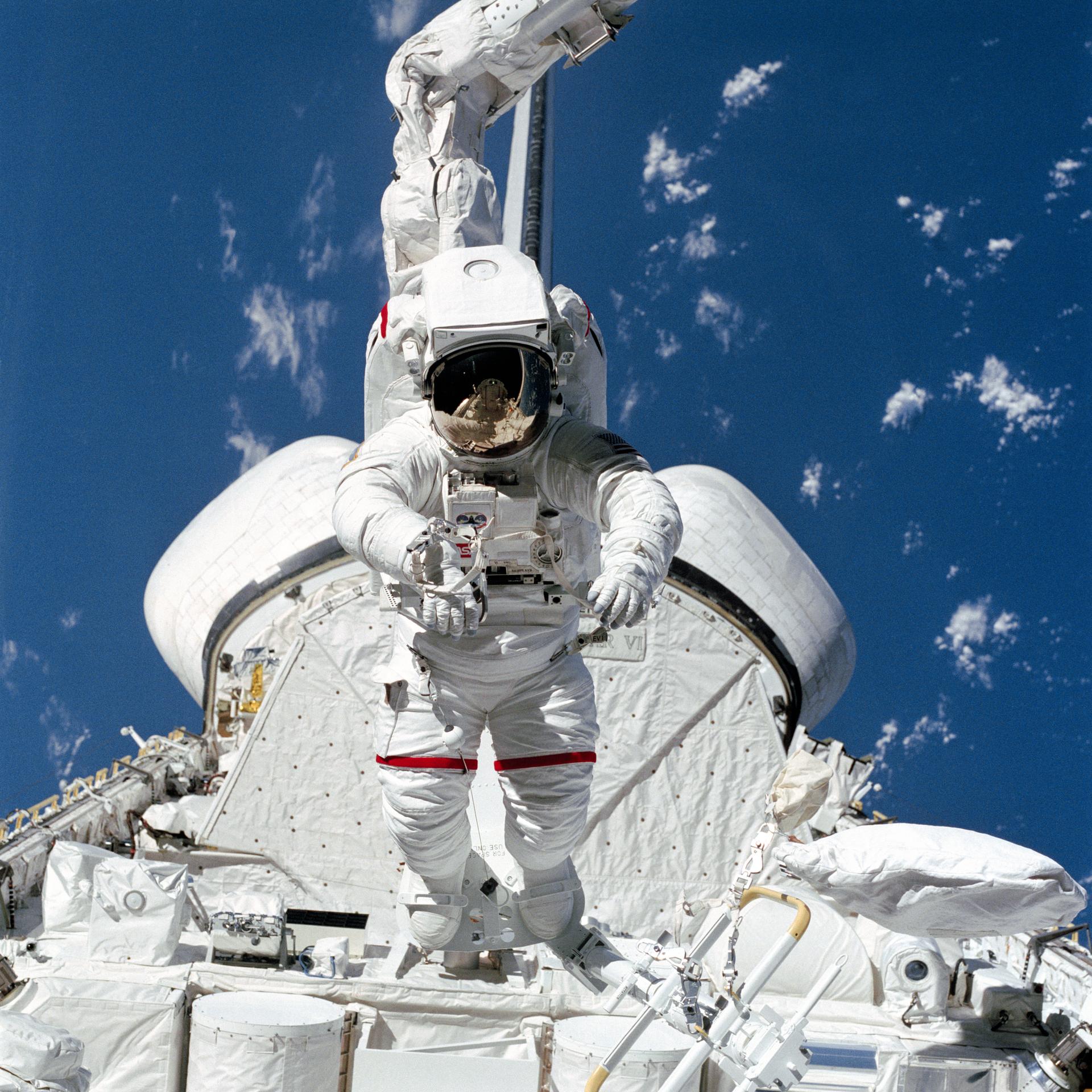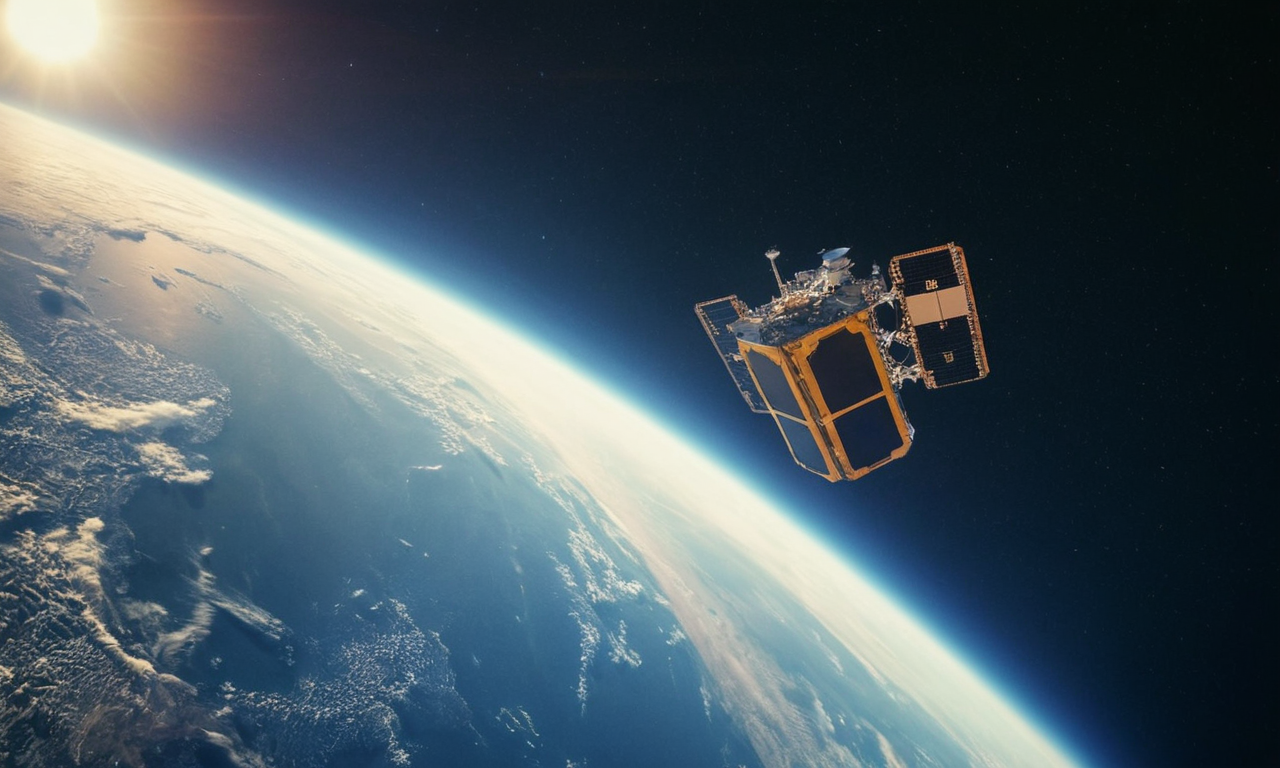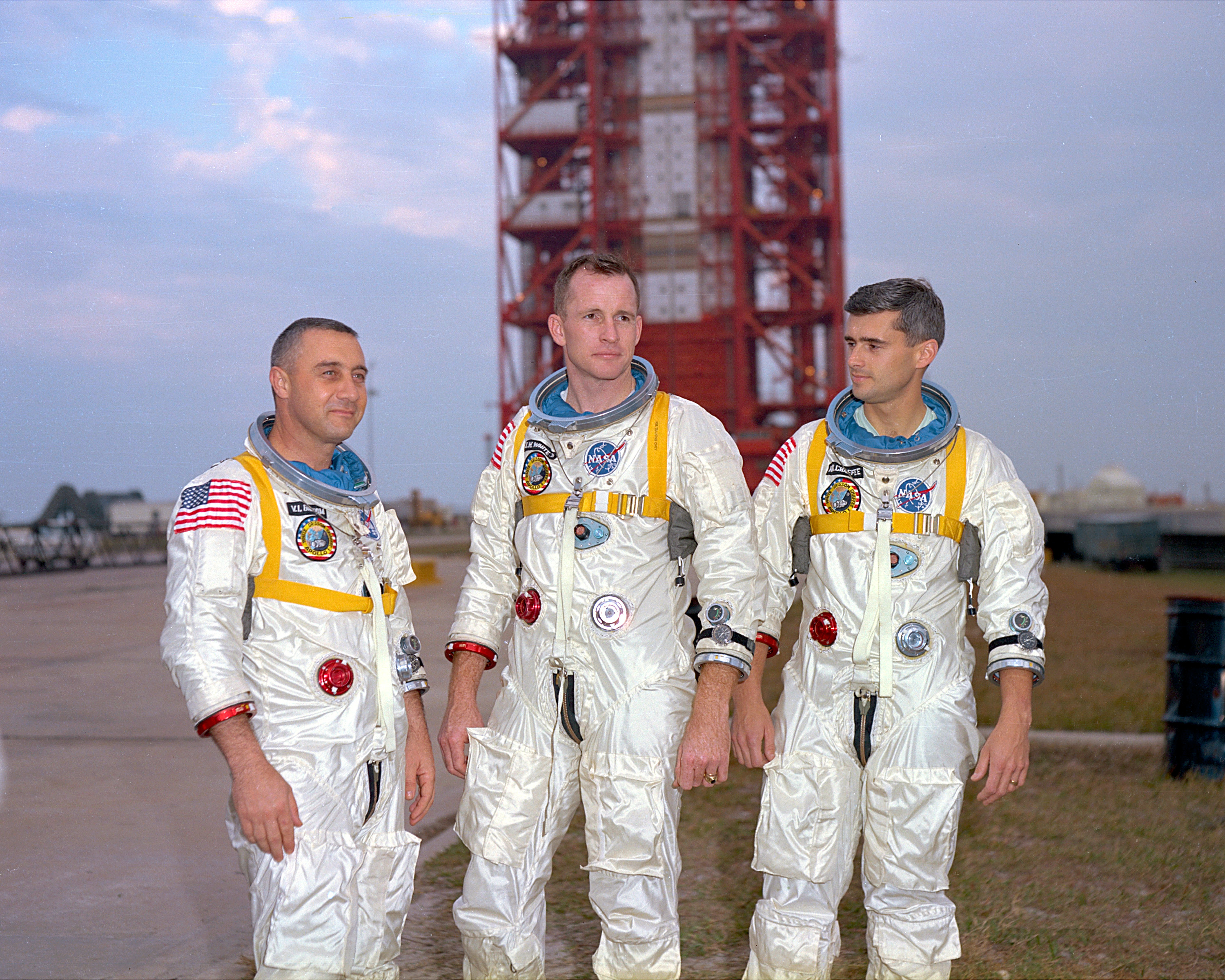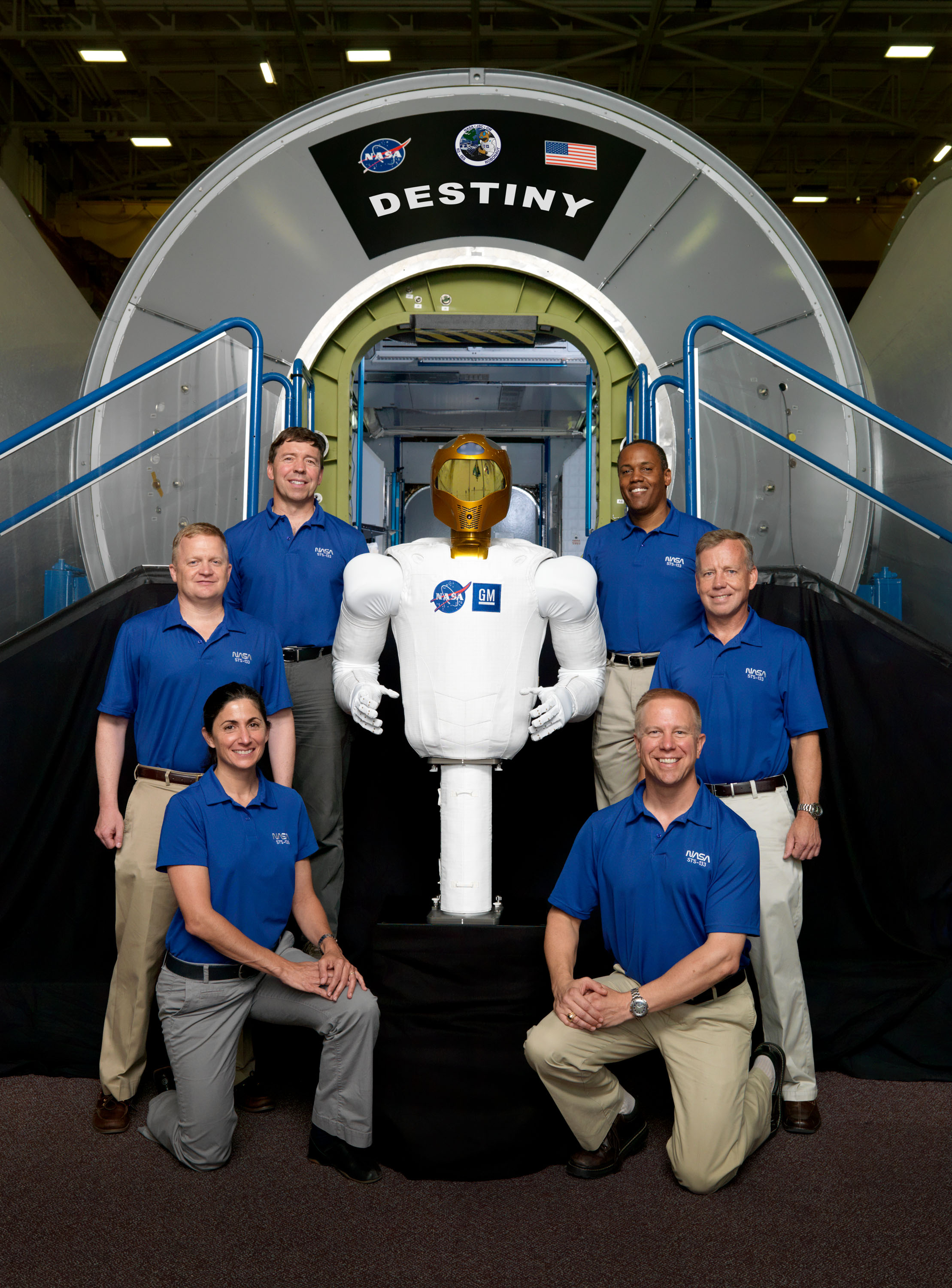· today in space history · 3 min read
The Day Space Station Crews Gained Their Window on the World
Fifteen years ago, Space Shuttle Endeavour launched on a mission that would give International Space Station astronauts their most spectacular view of Earth through the innovative Cupola observatory
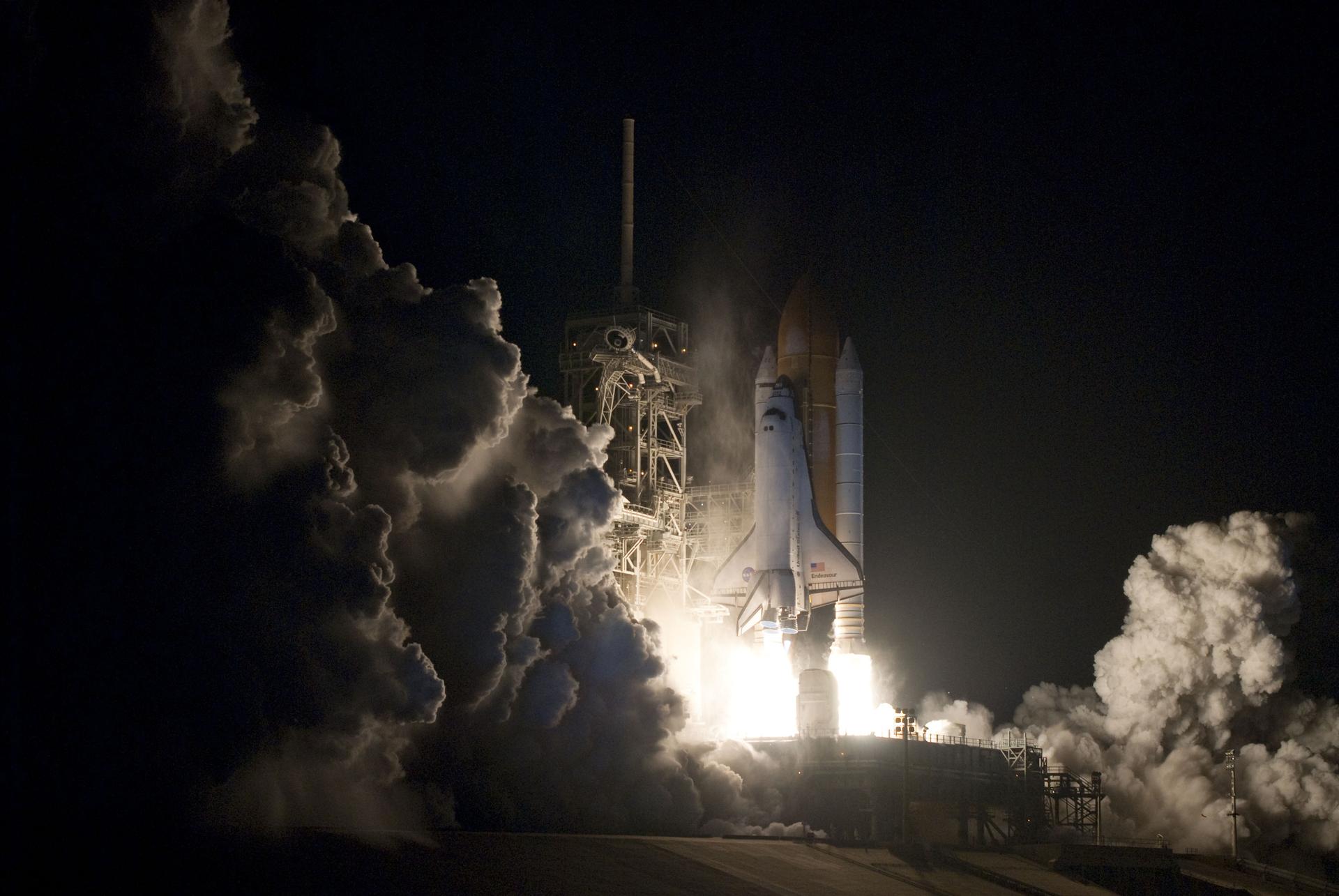
In the pre-dawn darkness of February 8, 2010, Space Shuttle Endeavour thundered into the Florida sky, carrying a revolutionary addition to the International Space Station: a dome-shaped observatory that would forever change how astronauts view and interact with their orbital home. The launch of STS-130 at 4:14 AM EST from Kennedy Space Center’s Launch Pad 39A marked the beginning of a mission that would give space station crews their own bay window on the universe.
The Modules That Changed Everything
Secured in Endeavour’s payload bay were two components that would transform the International Space Station: the Tranquility node and the Cupola observatory. While Tranquility would provide essential life support systems and extra living space, it was the Cupola that captured imaginations worldwide. This unique module, with its seven windows arranged in a dome configuration, would become one of the station’s most iconic features and an essential operational center for spacecraft operations.
A Crew Ready for Challenge
Commander George Zamka led a diverse team of space veterans and newcomers. For pilot Terry Virts, making his first spaceflight, the mission would provide an unforgettable initiation into space operations. Mission specialists Nicholas Patrick, Robert Behnken, Stephen Robinson, and Kathryn Hire brought their varied expertise to a complex assembly task that would require three challenging spacewalks.
The Delicate Assembly
After a flawless launch, Endeavour performed a precise orbital ballet, catching up with the space station over two days before docking on February 10 at 12:06 AM EST. The real work began when robotic arms from both spacecraft worked in concert to lift Tranquility from the shuttle’s cargo bay and attach it to the station’s Unity module. This delicate operation required millimeter-precise movements of a module the size of a bus.
Engineering Marvel Meets Human Ingenuity
The Cupola’s installation presented unique challenges. Initially attached to Tranquility for launch, it had to be relocated to its final position using the station’s robotic arm. This operation, never before attempted with a module of its design, demonstrated the crew’s ability to adapt and innovate in space. During three spacewalks totaling more than 18 hours, astronauts connected power and data lines, ensuring this new set of eyes would serve future crews.
A New Perspective on Space Operations
The Cupola revolutionized how astronauts interact with their orbital environment. Its windows, the largest ever launched into space, provided unprecedented views of Earth and approaching spacecraft. Station commander Jeffrey Williams, who first looked through the Cupola’s windows after installation, described it as “a dome of glass that makes you feel like you’re hanging out in space.”
Legacy and Impact
Today, fifteen years after STS-130, the Cupola remains one of the space station’s most valuable assets. Its windows have enabled astronauts to capture millions of photographs of Earth, advancing our understanding of our planet’s weather patterns, geology, and human impact on the environment. More practically, it serves as the primary location for controlling the station’s robotic arm during spacecraft captures and spacewalk support.
Looking Forward
As we enter a new era of space exploration, with commercial spacecraft regularly visiting the station and plans for lunar missions taking shape, the Cupola’s legacy influences future spacecraft design. Next-generation vehicles, including those planned for lunar and Mars missions, incorporate lessons learned from this innovative observatory. The STS-130 mission didn’t just deliver a window to space; it opened new possibilities for how humans live and work in orbit, proving that sometimes the most valuable technology is the one that helps us see things in a new way.
For more information about the STS-130 mission, visit NASA’s mission page.

Theodore Kruczek


